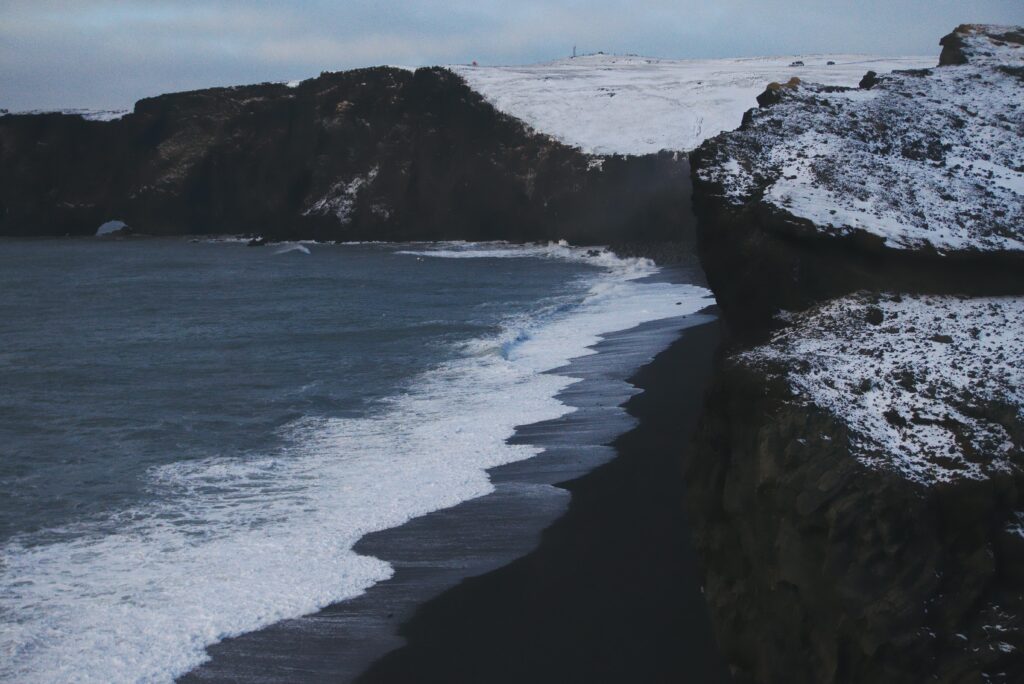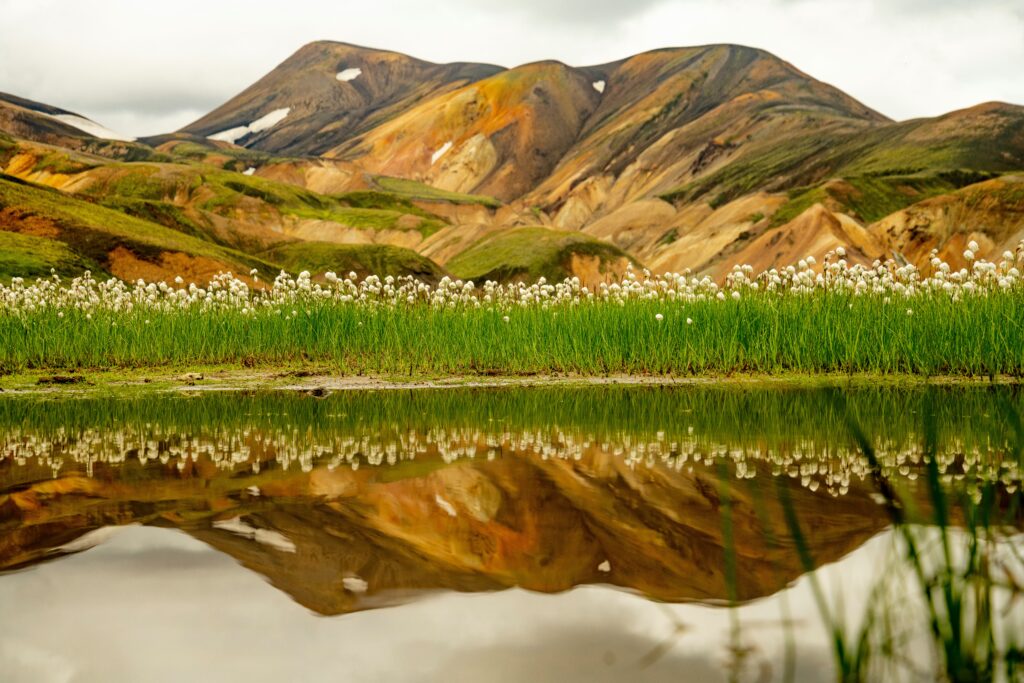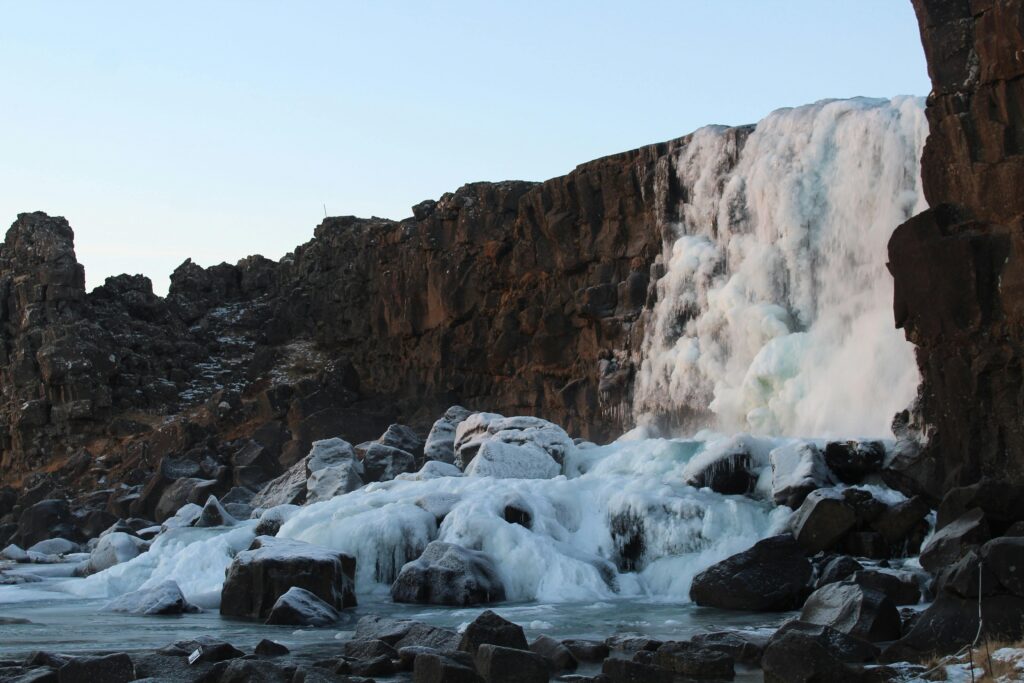Overview of Iceland :
Iceland is often called the land of ” Fire and Ice ” a Nordic Island nation known for its beauty, stunning landscapes, unique culture, and geothermal activity. Wonders of the Icelands make man surprise for the first time but you should know about the best time to visit Iceland before planning about tour.

Iceland Location :
Ice Land is an island-based nation located in the North Atlantic Ocean.
Geographical Coordinates
- Latitude: Approximately 63° to 67° North
- Longitude: Approximately 13° to 25° West
Proximity to other countries :
- Iceland is proximity to other countries like Green Land lies about 287 kilometers (178 miles) southeast of Iceland
- Approximately 970 kilometers (603 miles) to the west of Norway.
Location of Iceland on World Map :
Wonders of Iceland | Best time to visit Iceland
Wonders of Iceland:
Iceland is home to several unforgettable wonders of nature. Here are some that will never be missed.

1. The Golden Circle:
These popular tourist routes include these sites:
- Þingvellir National Park: Besides being the meeting point of North American and Eurasian tectonic plates, it is also on the world heritage site list. It is also home to the ancient Iceland parliament which was Alþingi.

- Geysir Geothermal Area: Originally home to the Geysir, a geyser that no longer frequently erupts, but the currently active Strokkur geyser which erupts every few minutes.
- Gullfoss Waterfall: A splendid two-step waterfall that is nice whilst hiking, especially when skiing.
2. The Blue Lagoon :
Found in a lava field, the Blue Lagoon is one of the top attractions in Iceland and is a geothermal spa.

It is so warm and rich in minerals and its water comes out in a milky blue color that is so desirable for a relaxing bath. The glacial deposits as well as the whole phenomenon of the surrounding lava are fitting for such an experience.
3. The Northern Lights (Aurora Borealis):
Nature perhaps does not present a more spectacular light show than the Northern Lights also known as the Aurora Borealis; a show of colors that twirl in the polar sky.

Moreover, according to the index I use based on the recommended standards, Iceland is one of the best places on the planet to see the Northern Lights. The natural neon lights are observed across the night sky from September to April, particularly in desserts or other areas with limited effects of artificial light interference.

That is why watching the Northern Lights is like watching a painting, a breathing work of art in the sky with the universe inside.
Suppose you are standing watching the night sky freely in the rural and secluded region of Iceland when the darkness of the sky explodes into rolling waves of light. It is indeed a moment that brings to focus the wonders of the creation making one feel so humble to be part of nature.
4. Jökulsárlón Glacier Lagoon:
Located in southeastern Iceland, This is a glacial lagoon sight, where, surrounded by icebergs, meltwater floats on the water’s surface.

Neutron to Diamond Beach, bits of ice break and crash onto the black sand of the beach and shine like diamonds.
- Size: It’s Iceland’s deepest lake, with depths reaching over 248 meters (814 feet).
- Wildlife: The area is home to seals, which are often seen swimming among the icebergs, and various bird species, including Arctic terns and skuas.
Jökulsárlón is a must-visit destination for anyone exploring Iceland, known for its breathtaking beauty and tranquil, icy waters.
5. Vatnajökull National Park:
This park is a vast rink of the largest glacier in Europe, Vatnajökull, and the highest mountain in Iceland, Hvannadalshnúkur providing a unique experience of ice caves, glacial walks, and volcanic formations.

- Vatnajökull National Park is located in southeastern Iceland, covering parts of the Eastern, Northern, and Southern Regions.
- Europe’s Largest Glacier: Vatnajökull, the glacier that gives the park its name, is the largest in Europe by volume and covers about 8% of Iceland’s land area
- Volcanic Activity: The park sits atop several active volcanoes, including Grímsvötn, which is one of Iceland’s most active volcanoes. The interaction between fire and ice here creates unique geological formations.
6. Reynisfjara Black Sand Beach:
The more or less 3 km long barrier beach of black volcanic sands on the South Coast is a famous landmark called Reynisfjara, an amazing Wonder of Iceland with an unbelievable view.

Which balances majestic basalt columns and the breathtaking Reynisdrangar sea cliffs. The waves here are big otherwise, this paradoxical beach is incredibly beautiful and deserted including at night too.
7. Landmannalaugar:
It is a famous site for its multicolored rhyolite mountains, and hot springs making it a haven for hikers.

Laugavegur Trail, one of the most famous hiking trails in Iceland begins here with incredible views of multicolored mountains and geothermal vents.
8. Thingvellir National Park:
Besides, Thingvellir is a member of the Golden Circle, while divers can appreciate diving in the Silfra fissure when swimming in crystal clear water between two continents.

The natural scenery of Iceland depicts the uniqueness and beauty of the island, therefore, attracting all adventure enthusiasts.
9. Snæfellsjökull National Park:
This park is neighbored by the Snæfellsnes Peninsula; among its main attractions there is the Snæfellsjökull which is a glacier-capped volcano.

The region is characterized by its aggressive shore, cliffs, and lava fields making the geology of the site spectacular. This volcano was at the center of Jules Vernes’ famous work “Journey to the Centre of the Earth”.
Best time to visit Iceland
Iceland is good to visit at any time of the year, this is because different seasons bring out different features of the country. Here’s an up-to-date guide:
Summer (June to August)
Why Visit: July has a relatively moderate climate and it makes it the most suitable period to visit Iceland because the average high temperature is 10- 15°C (50- 59°F).

The days are very long and as you would expect mid of June is characterized by nearly around-the-clock sun or the Midnight Sun. This is the best season for traveling on roads, going in for trekking, and, in general, enjoying the highland which is mostly unavailable during other seasons.
Highlights: 24-hour daylight or midnight sun, bird watching especially of puffins, events and concerts of which is Reykjavik Culture Night, and freer access to all the places with a focus on the Westfjords region.
Autumn (September to October)
Why Visit: Thus, the autumn period provides fairly favorable conditions with comfortable temperatures and a lower quantity of tourists. The area transforms to beautiful fall colors and this is when the Northern Lights start to appear since the nights are longer.

Highlights: Northern Lights, fewer people, more quiet, and changing of scenery in the area. Availing and booking a hotel and flights is cheaper in September too.
Winter (November to February)
Why Visit: Winter in this country is a fairy tale, that is why if you want to see the Northern Lights, you should visit Iceland in winter.

The state turns into a snowy wonderland and you can engage in activities like glacier walking, ice gazing, and frozen waterfalls. But there are certain drawbacks; the climate is severe with temperatures ranging between -1°C – 4°C (30°F – 39°F) of temperature and daylight is scarce with an average of 4-5 hours of light in December.
Highlights: Northern Lights, ice caves, Christmas, and the feeling of taking a bath in the hot spring in the middle of the winter with snow all around you.
Spring (March to May)
Why Visit: If one is not interested in going late in the summer when it might be wet then spring is perhaps one of the best times to come. The nights become longer and the snow slowly starts to disappear thus making way for the green touch of the country’s spring.

Highlights: Northern Lights in the first half of March, avifauna watching, and when the country begins to come to life after the winter. It is also advantageous for the persons who have small budgets as the prices are not as high as they are in summer.
Honest Tips:
- Northern Lights: Best seen from late September to early April, with peak visibility during the winter months.
- Road Conditions: In winter, road conditions can be challenging, especially in remote areas. Always check the weather and road conditions if driving.
- Crowds and Prices: Summer is the busiest and most expensive time to visit. For a more budget-friendly and quieter experience, consider visiting in spring or autumn.
Conclusion :
After getting to know about the Wonders of Iceland and the Best time to visit Iceland, Iceland has become the most visited country. Whether it is the versatile landscapes of Iceland or the intrigue of such off-world features, the Northern Lights are fascinating to have a feel of what our world still holds. Staring at the amazing lights when one stands in front of them, one is likely to feel a certain bond between themselves and the Universe, or the forces that bring changes to the entire world.


